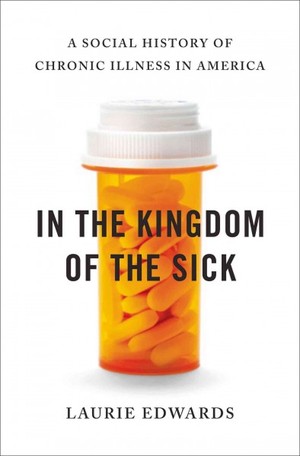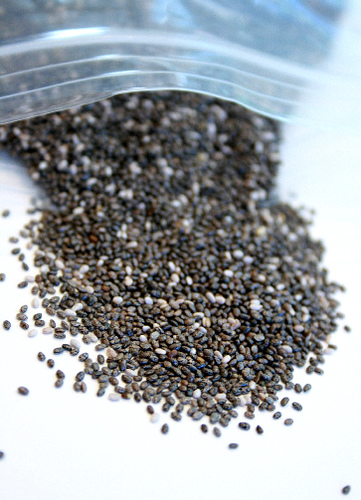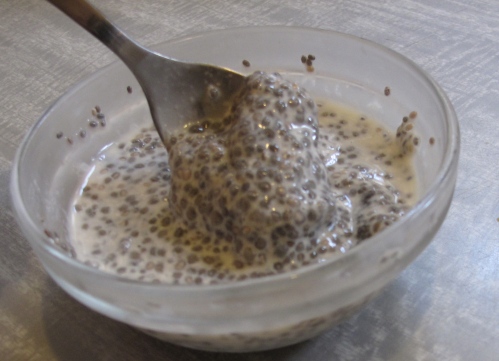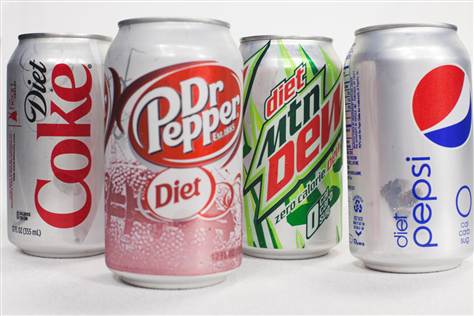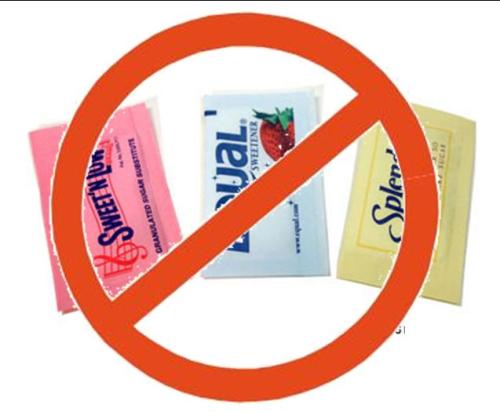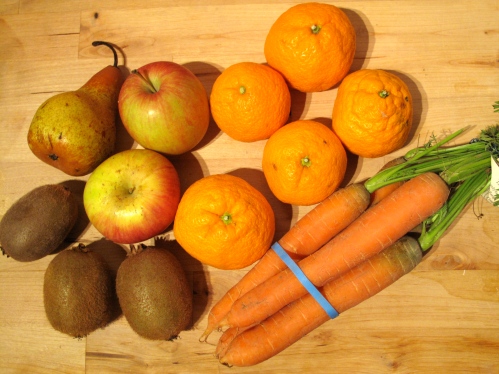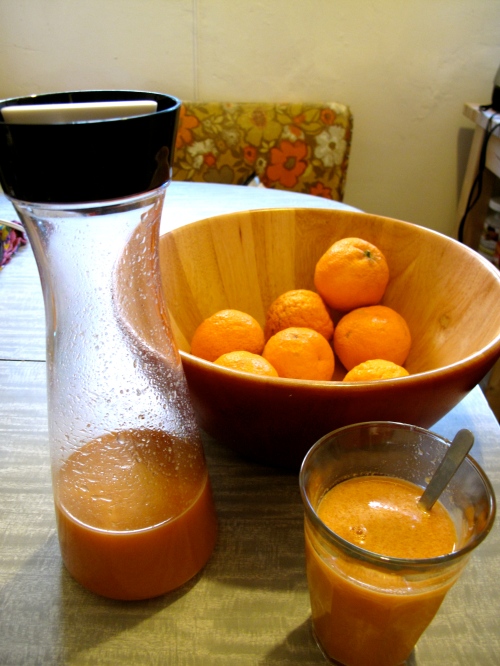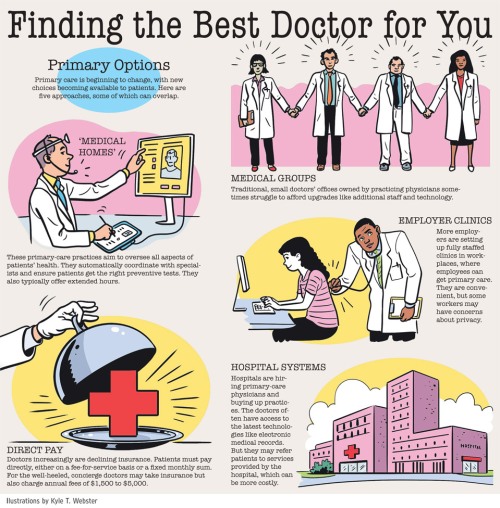Examining an interview with author (and chronic illness patient) Laurie Edwards and her new book In The Kingdom of the Sick.
As maybe some of you can relate, I’m an NPR junkie. I’m entertained while driving, cooking, or working out to the sounds and stories of All Things Considered, Marketplace, and more. But this week I was particularly struck by one episode of Fresh Air, where host Terry Gross interviewed a young woman with a rare respiratory disease called primary ciliary dyskinesia (PCD). The episode was called: “Living with Chronic Pain in the ‘Kingdom of the Sick'”. Like lupus, PCD is a chronic illness for which there is no cure. As such, patients live with the illness as part of their life– living day by day, constantly burdened by the unpredictability of the disease. As I was listening to the interview, I became aware of how similar those of us are who have a chronic illness. Though our diagnoses are very different, we all go through the same emotions, struggles, and obstacles. We all face stigma, we all have fatigue and pain, and we are mostly women. I encourage you to listen to this 30 minute interview here, where Laurie Edwards discusses her condition, as well as her book In the Kingdom of the Sick.
Edwards covers a range of issues related to living with chronic illness, so I wanted to just comment on a few of them. First off is the issue of what it means to live with a chronic illness. Many of the illnesses we in the “sick community” suffer from are largely misunderstood. Edwards discusses going to the emergency room and the ER doctors not knowing anything about her condition. I similarly have faced the same problem when I tell ER doctors that I have lupus. So if some doctors don’t even “get it”, then forget about explaining it to others! But Edwards explains about how being upfront and honest with her illness, explaining her illness to others, and not trying to hide her illness has actually been beneficial to her. People appreciate and understand honesty, and talking about the disease will also help bring public awareness about it. Awareness, furthermore, is so critical to getting funding for rare diseases. Edwards compares PCD Awareness Month to that of Breast Cancer Awareness Month. While no one knows what PCD is, everyone knows what breast cancer is. People proudly display their pink breast cancer ribbons because there has been a tremendous amount of awareness for this disease. The goal for those of us with more rare and less publicized illnesses is to raise awareness for our own benefit– as well as future patients.
The most interesting part of the interview, to me, was Edwards notion of the “gender bias” in medicine. It is mostly women who suffer from autoimmune diseases and other misunderstood chronic pain conditions such as fibromyalgia. She comments:
There is a long-standing connection and perhaps bias about patients who are female. It’s very easy to say, ‘Oh, well, she’s just hormonal, she’s emotional,’ and that was sort of underlying the historical nervous exhaustion diagnosis, and it’s certainly a big part of the attitudes towards women with these conditions now. … It’s just an iteration of a long-standing attitude.
Edwards goes on to discuss the gender biases that women with chronic illness have to battle. Many doctors pass off women to suffer from fibromyalgia to being depressed or stressed. The relationship between pain, depression, and stress is misunderstood by many in the medical community. It is often not that pain is caused by stress & depression. It’s that being in pain constantly can cause someone to become depressed and stressed. I think this issue of a gender bias is an important point of discussion. Edwards points out what happens when men and women visit a doctor with the same pain symptoms. How are they treated? Men are most often prescribed pain killers, while women are most often prescribed anti-depressants. That is to say, women are seen as more emotional and hormonal, and often doctors do not take their pain as seriously as that of a man. Edwards points out that it is confusing why the diseases of chronic pain are indeed mostly women. Scientists and doctors are just beginning to unravel the reasons why this is the case. We know that there are certain hormonal and physiological reasons why women suffer from these pain disorders. Hopefully once these biological differences are uncovered, we will better understand how to diagnose and treat women with chronic pain.
So those of us with chronic illness (no matter what the illness may be) have a lot in common. We are mostly females in a sick community– what Edwards refers to as “The Kingdom of the Sick”. We face issues of stigma, gender bias, and generally being misunderstood. So perhaps the best approach for us in the sick community is to have a stronger voice. That is, to be open and honest about our illness with others, to question the treatments prescribed by doctors, and to advocate for more funding and research for our condition.

